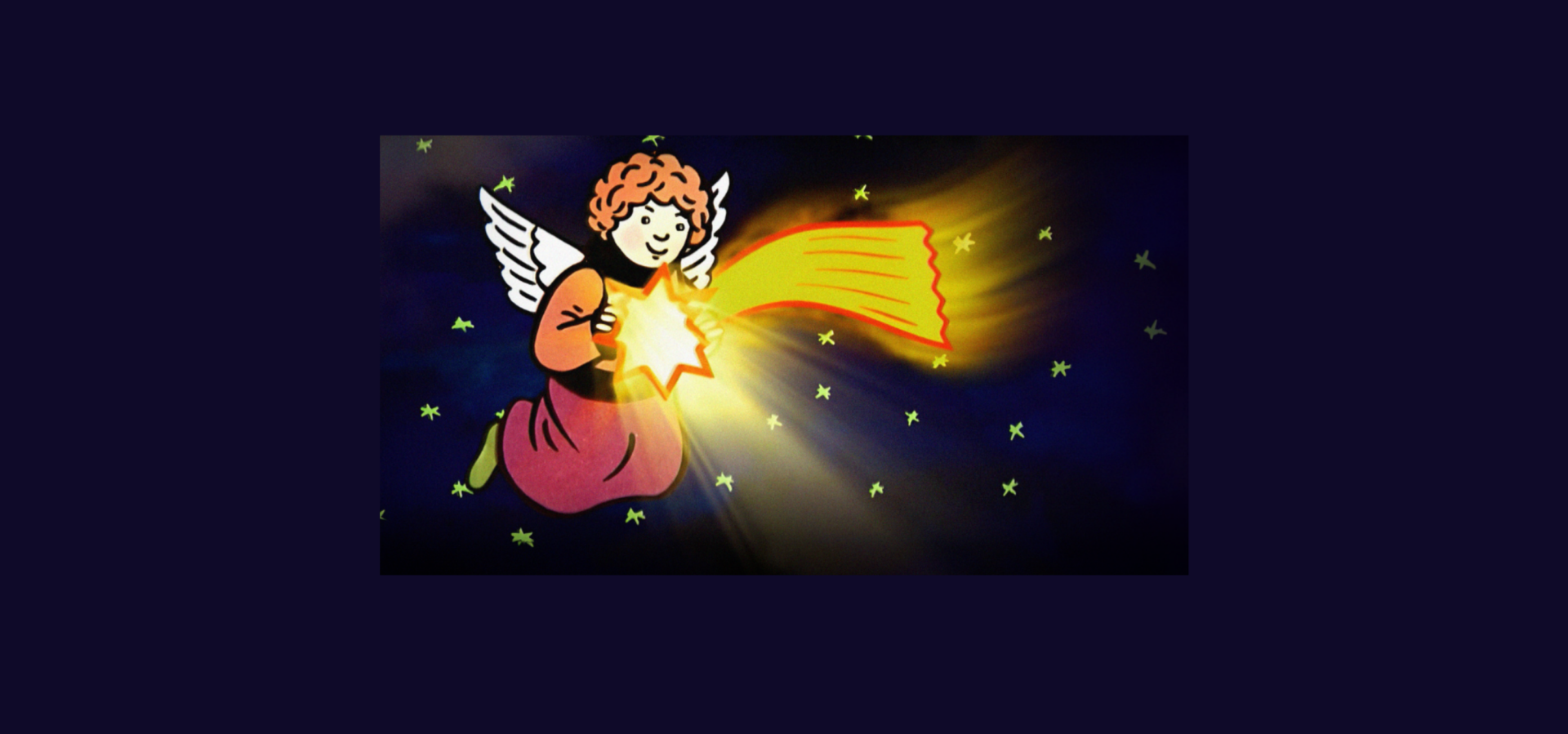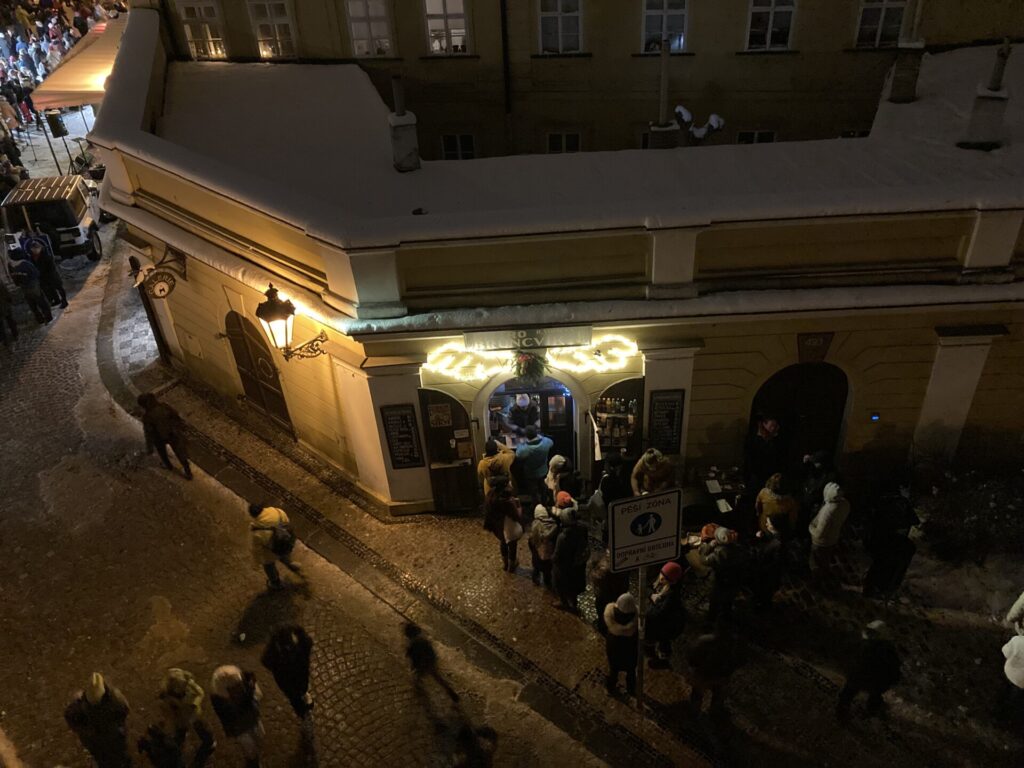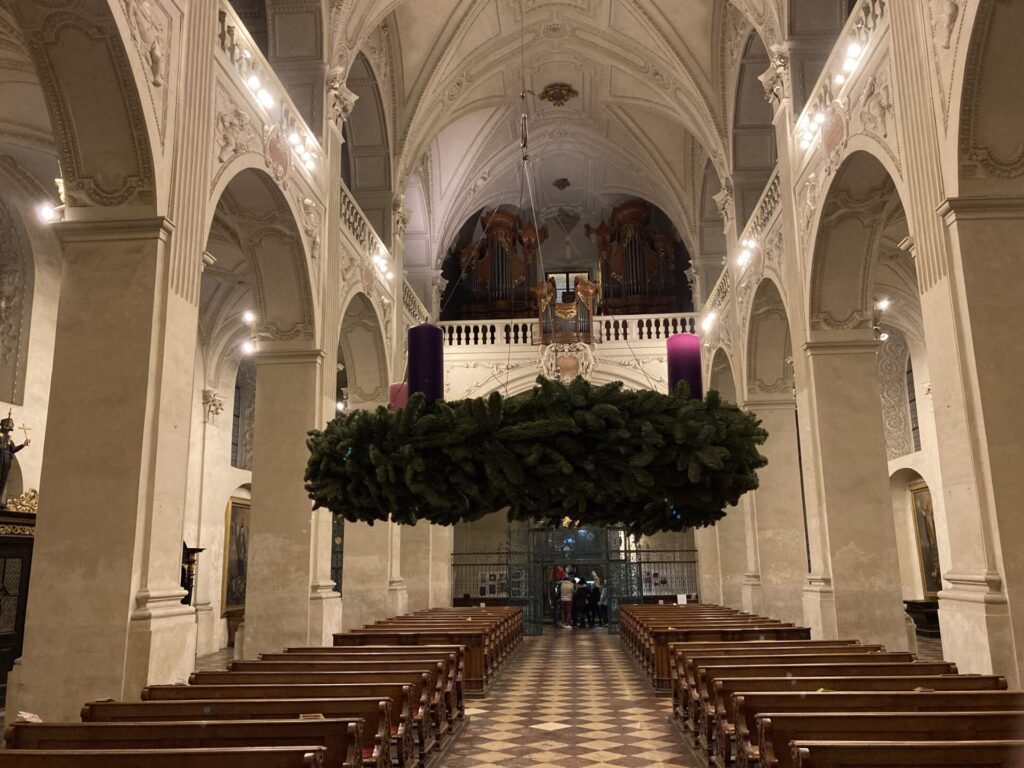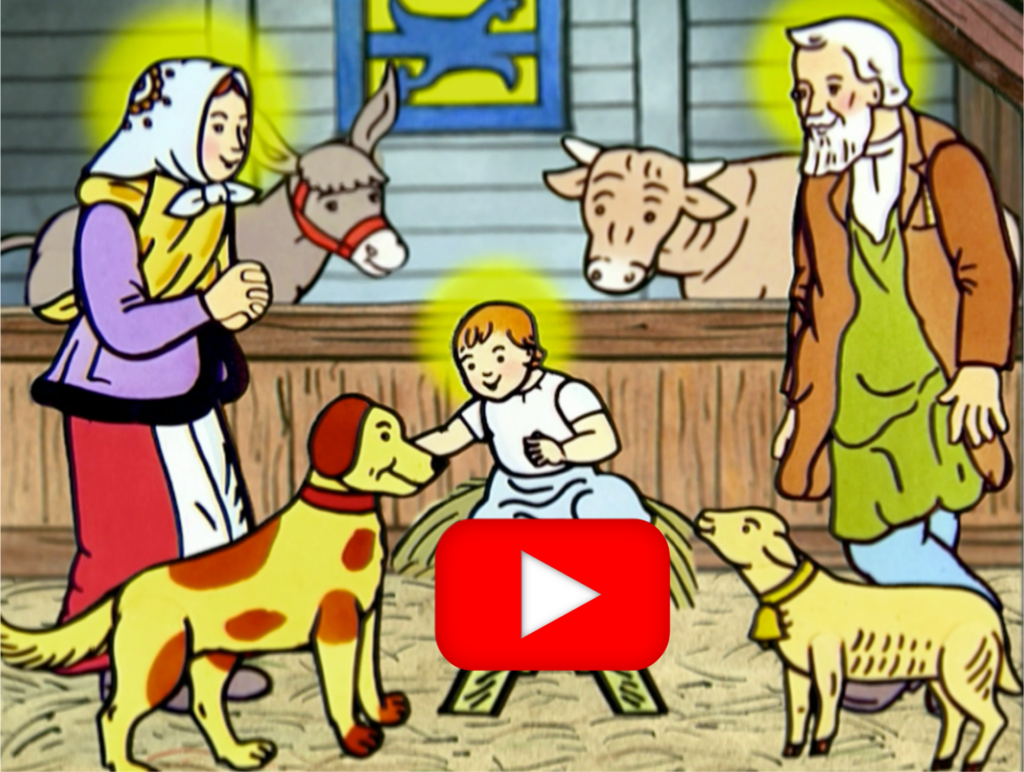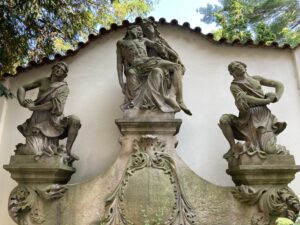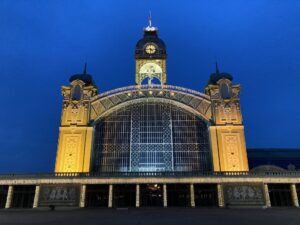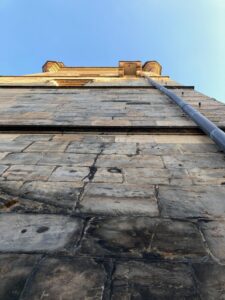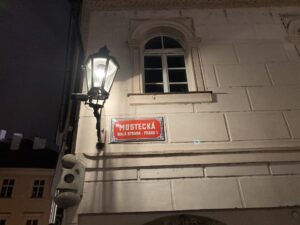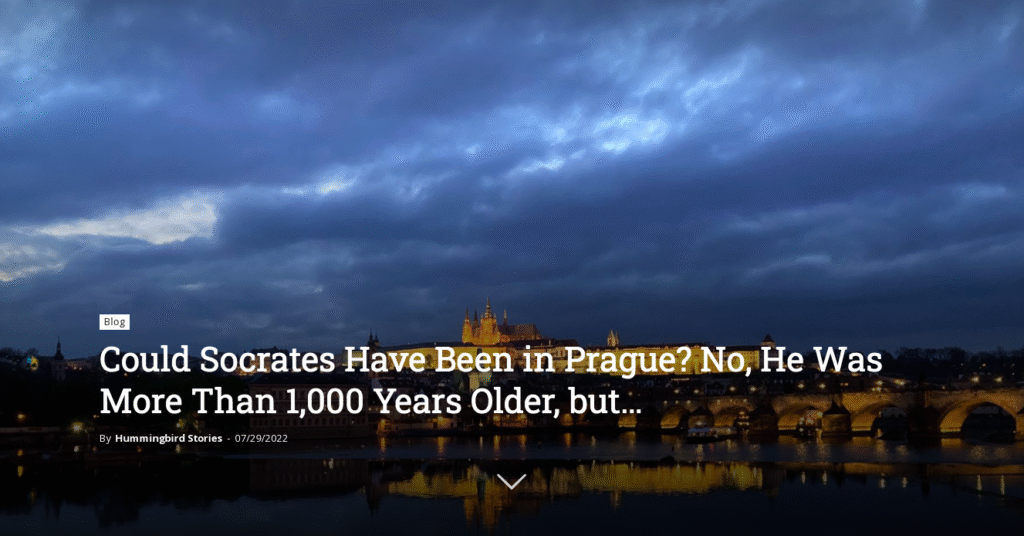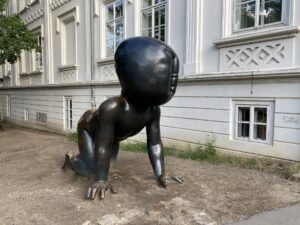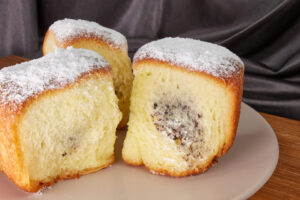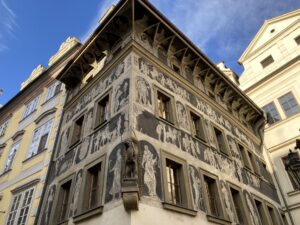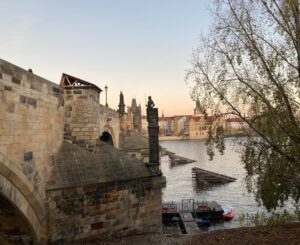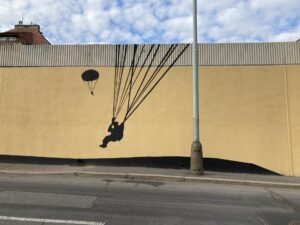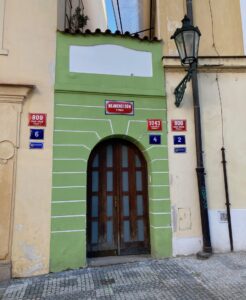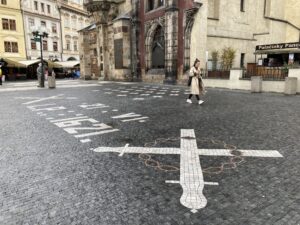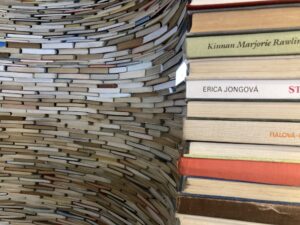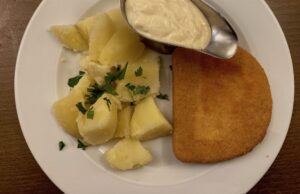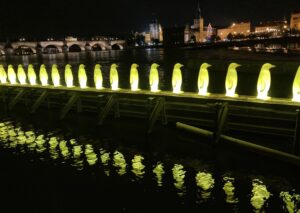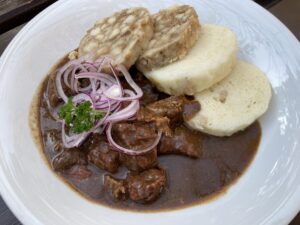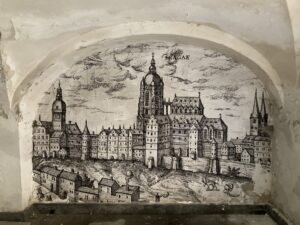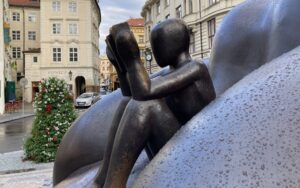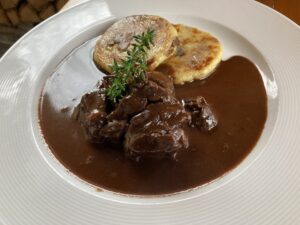Kampa Island, along with the Christmas markets on Old Town Square and Náměstí Míru in Vinohrady, is – home to one of the three main “Christmas centers” of Prague. On Kampa, people gather at the Christmas market, buy mulled wine and hot dogs in the Bruncvík bistro of the Vopička family, and warm themselves by the fire just below one of the pillars of the Charles Bridge. On the eve of Saint Nicholas Day, St. Nicholas appears on Kampa with angels and devils.
Subsequently, the Christmas tree with the manger is ceremonially lit in the evening. A beautiful tradition follows with a Christmas Day afternoon meeting when anyone can come and join a choir singing the carol “The Lord Christ Was Born”.
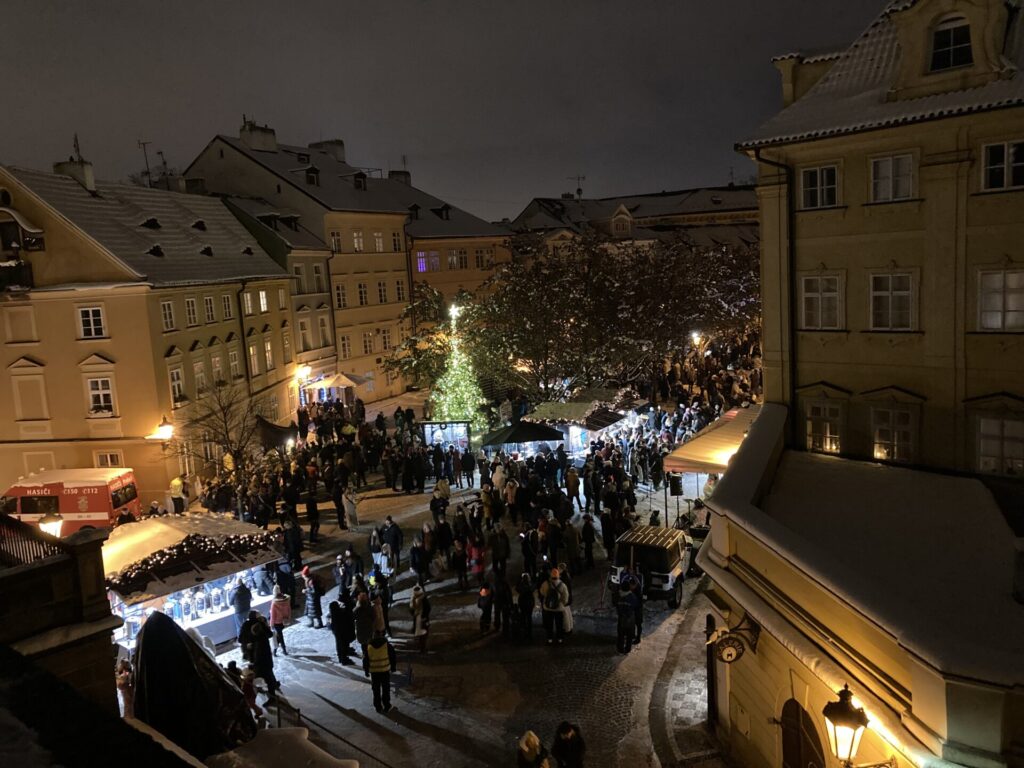
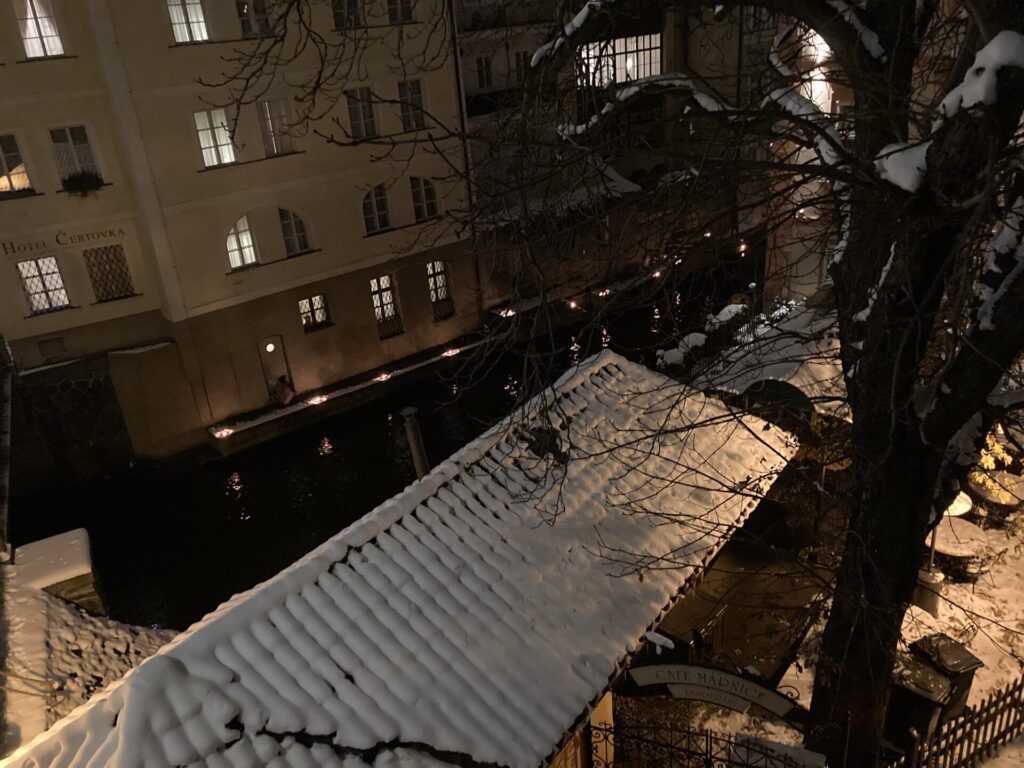
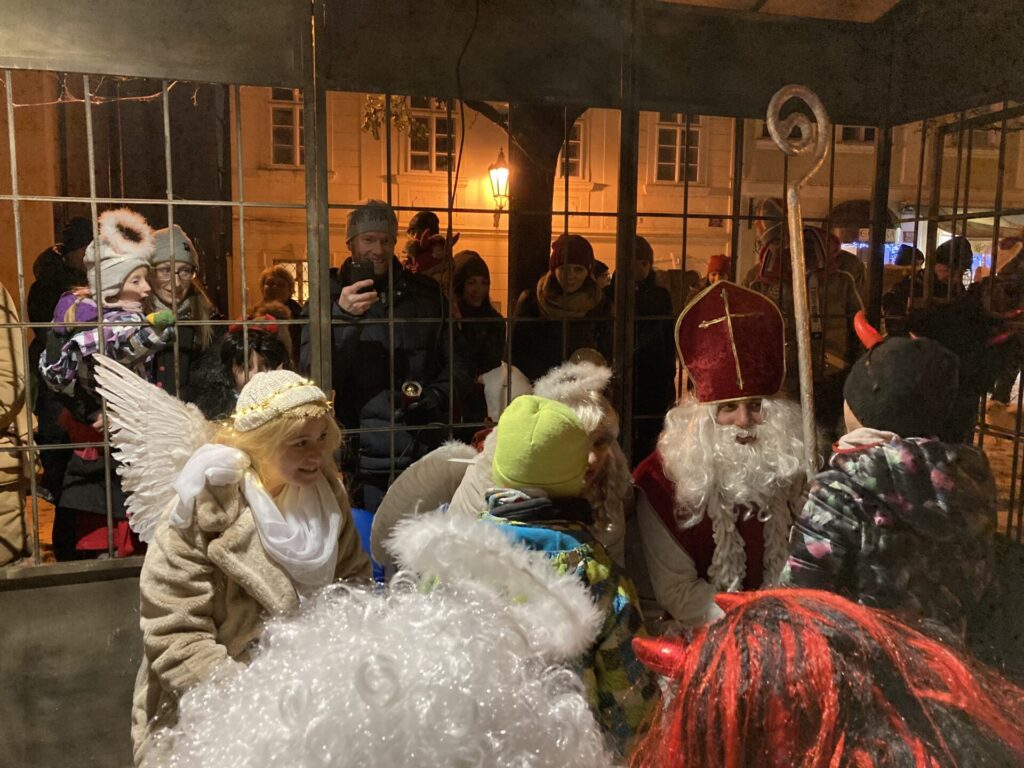
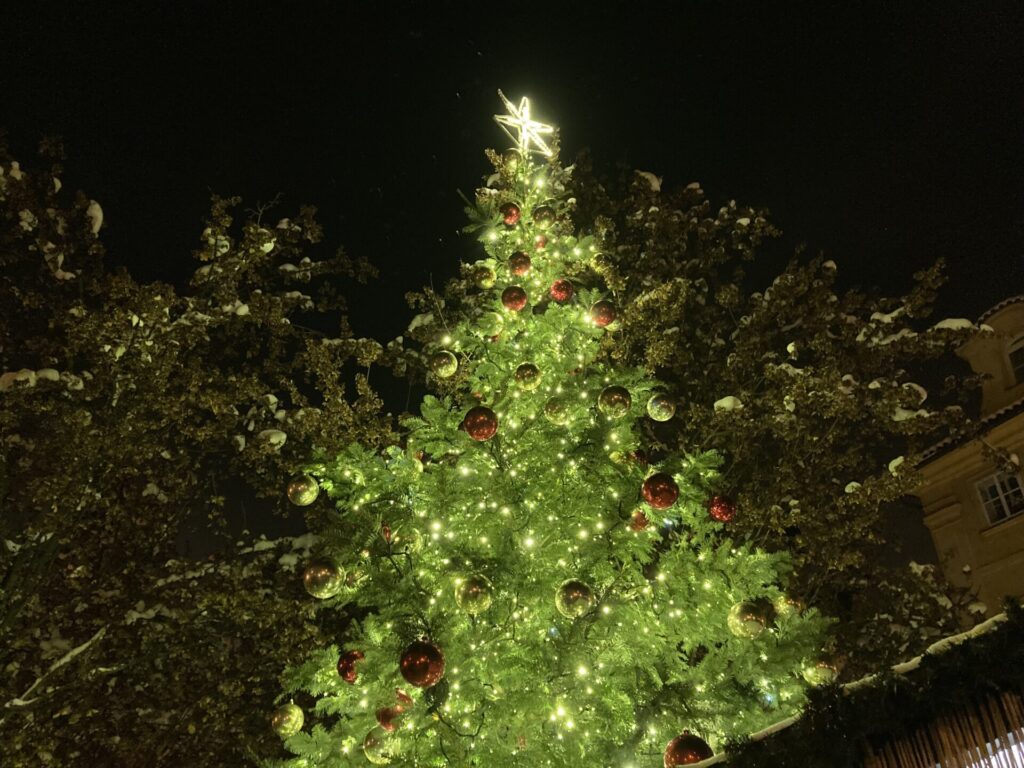
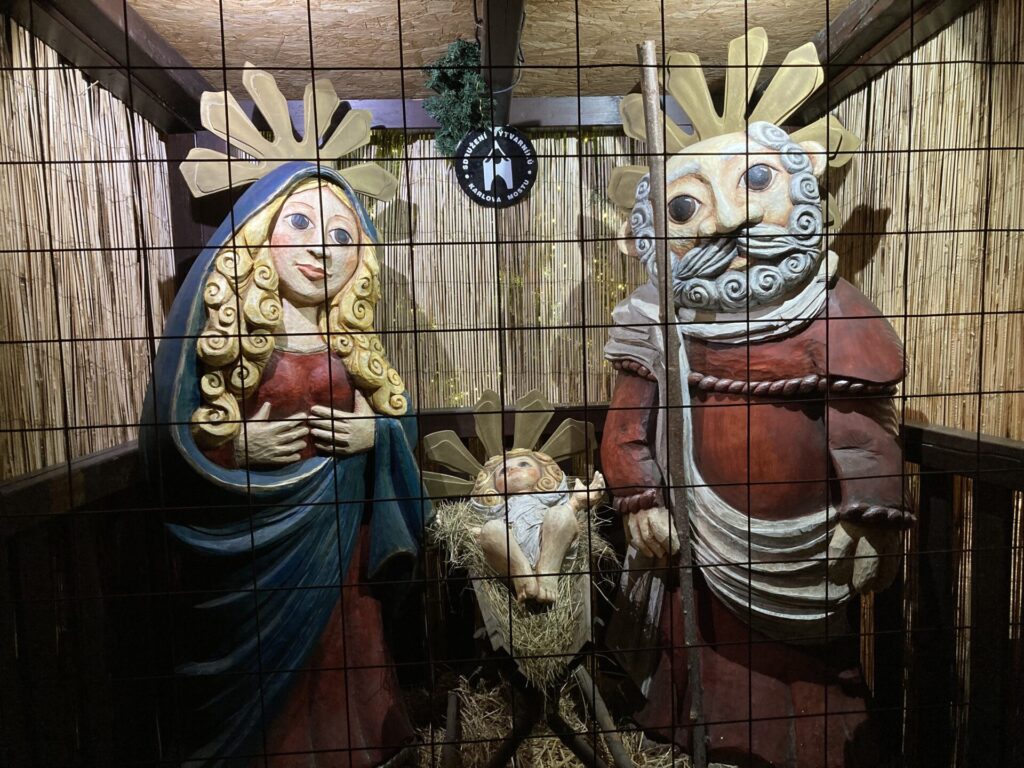
If someone wants to see the Christmas tree on Old Town Square, the easiest way is to cross the Charles Bridge and walk through the Clementinum Baroque Library to the municipality building, from where it is “a stone’s throw away” to Old Town Square.
Suppose such a pedestrian walks off the Charles Bridge onto the Square of Knights of the Cross with the Red Star (Křížovnické náměstí). In that case, he will see the majestic facade of the Baroque Church of the Most Holy Saviour, which also has a unique connection with the Czech Christmas tradition.
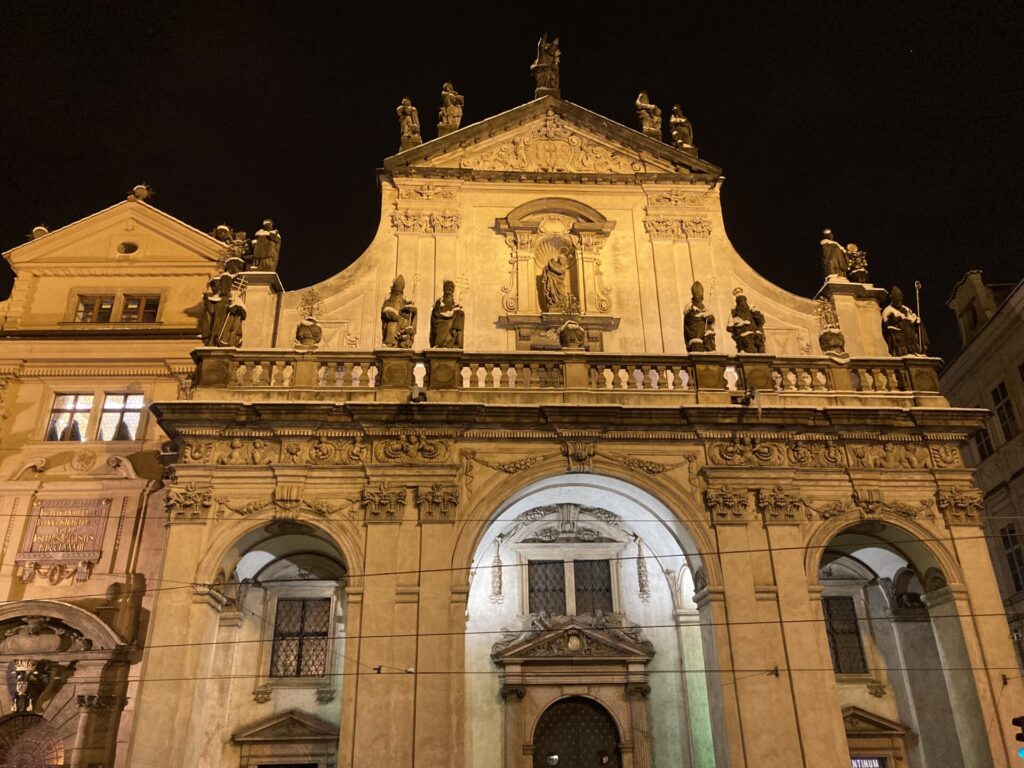
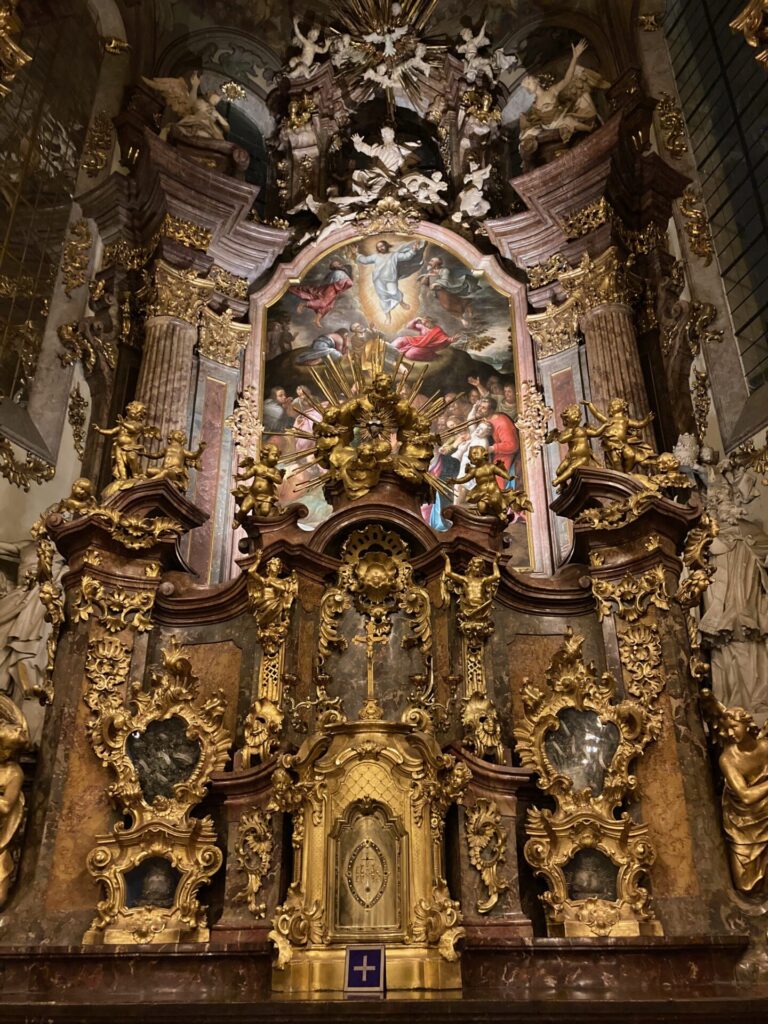
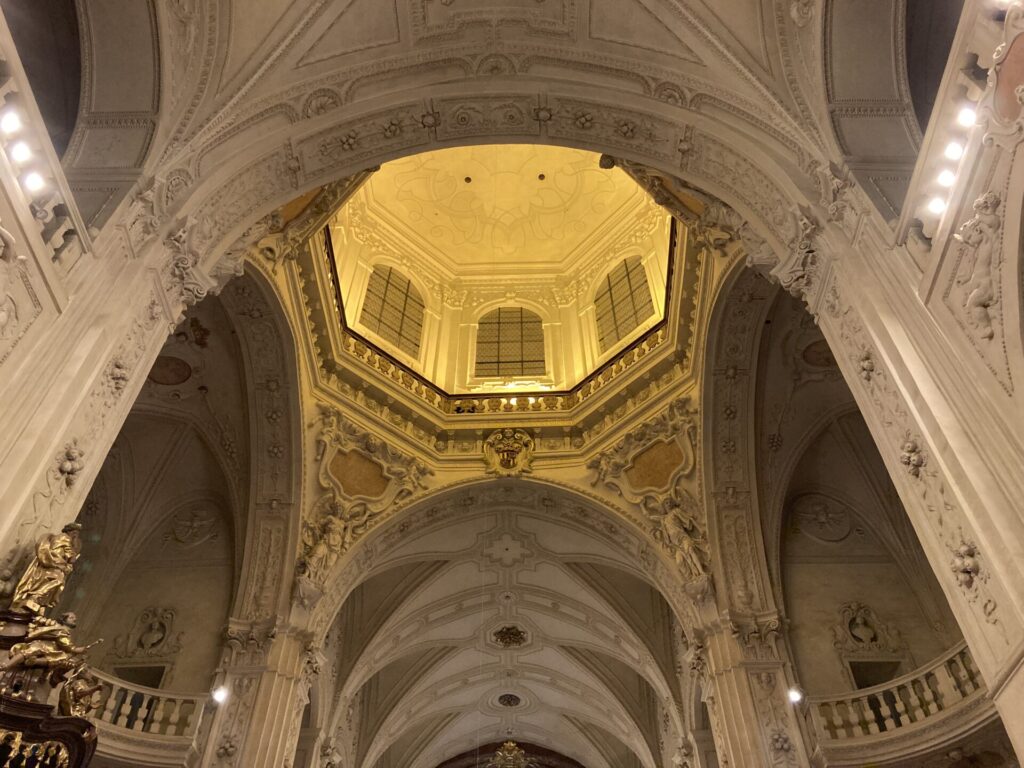
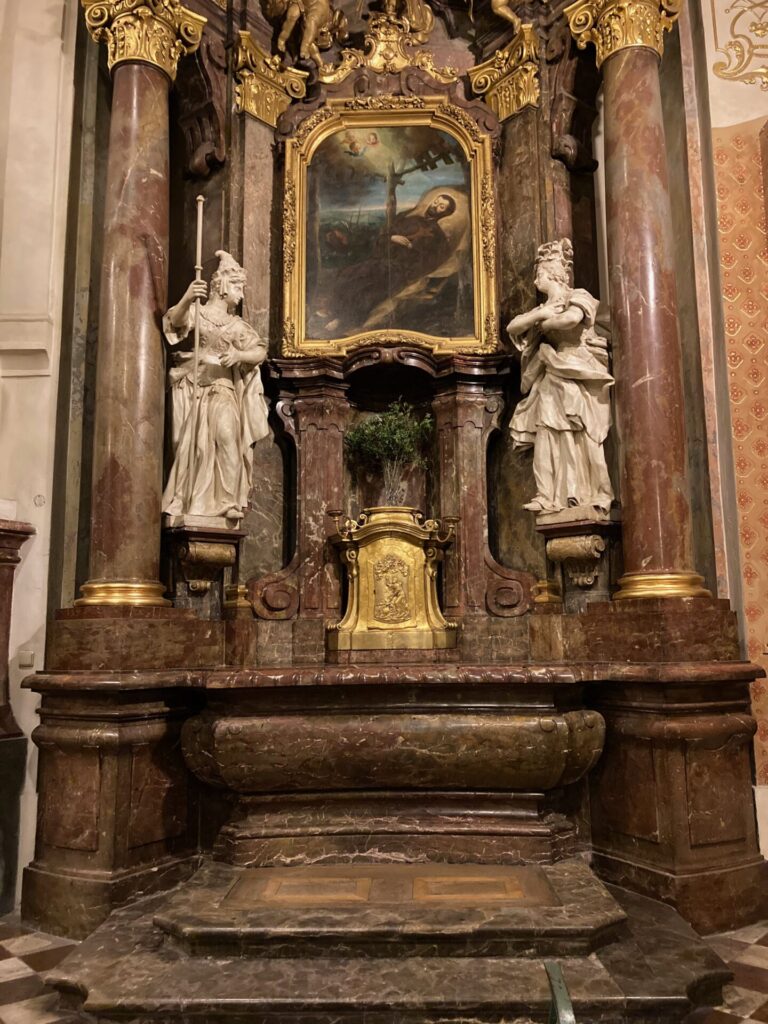
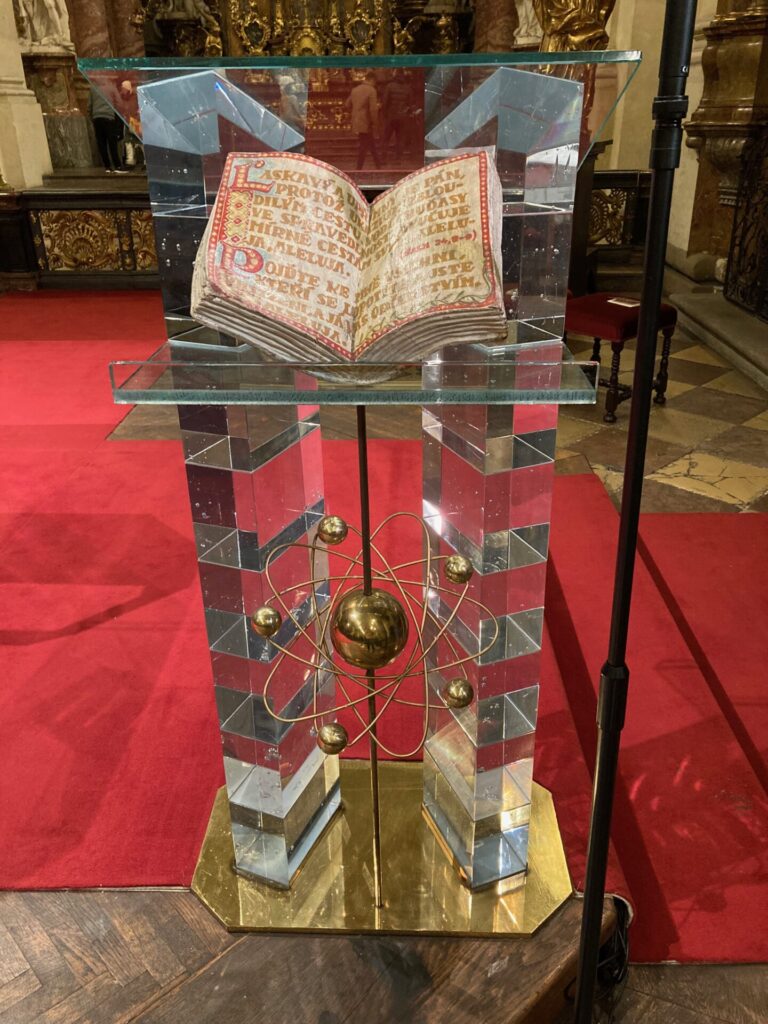
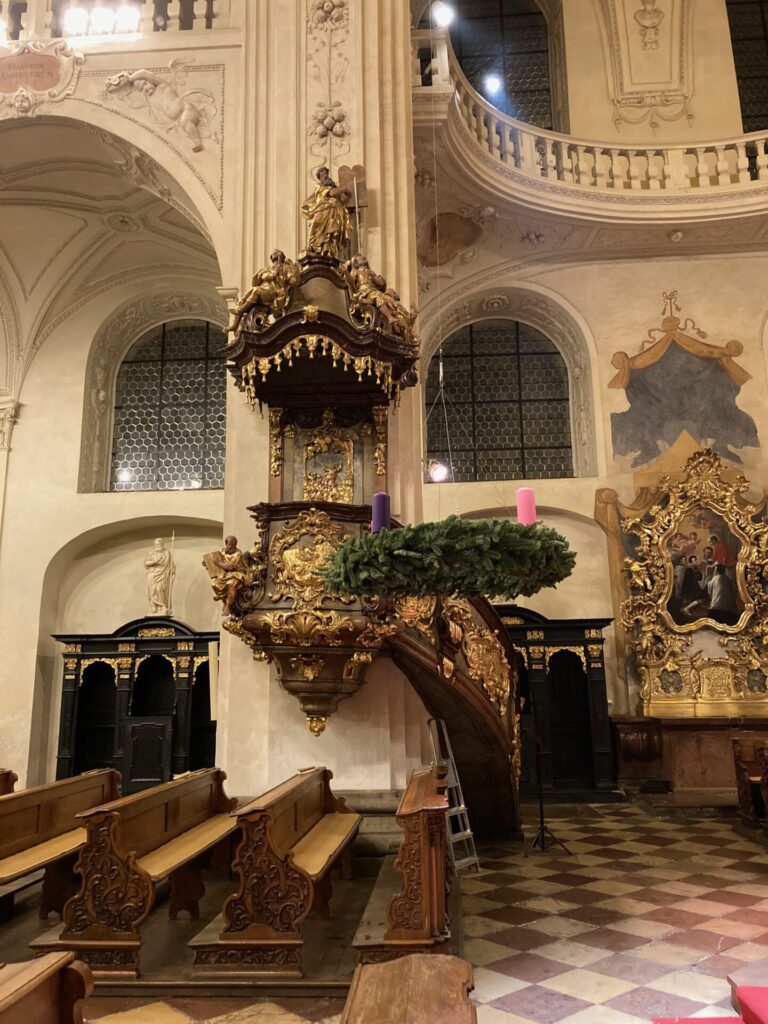
Just walk inside the church and, after a few steps, turn around and raise your head. This organ you are now looking at was played in the 1780s by Jakub Jan Ryba, author of the music and lyrics of the famous “Czech Christmas Mass”, the story of the announcement of Christ’s birth and the arrival of the shepherds to the manger.
“The Czech Christmas Mass”, which, is called “Rybovka” (after the author’s last name “Ryba”) for short, cannot be escaped in the good sense of the word. It is played in many places: churches, concert halls, and theaters – an extraordinary experience is the “Czech Christmas Mass” played in St. Vitus’s Church in the Prague Castle.
The author of “Rybovka,” Jakub Jan Ryba, was born into the family of a teacher and organist Jakub and his wife, Rosalie. The family was poor but kind and educated. Jakub Jan Ryba also received considerable education. He spoke Czech, German, French, Latin, Italian and Greek. He was a music composer, conductor, poet and translator. At the age of twenty, he completed a teacher’s course, and at 23, he became a teacher in Rožmitál. It must be noted that the city was at that time recovering from a plague epidemic; it was neglected and poor. Therefore, education was not very important here. There were 300 children of compulsory school age, but only a quarter went to school. Few could read, write, and count, which is why the work of a teacher and promoter of music was difficult.
Jakub Jan Ryba and his wife Anna had thirteen children, but only seven lived to adulthood. The family suffered from poverty; Jakub Jan Ryba was exhausted, had health problems, and suffered from depression. At age 49, he went to the forest outside the city and slit his own wrists and neck and there he bled to death. The last drop that pushed him to commit suicide was said to be that the priest had refused to repair the organ in the church, giving Ryba nowhere to play. As someone who died by suicide, he was not allowed to be buried in the city cemetery, and it was not until 40 years later that his son Josef Arnošt, a university professor and ophthalmologist, was allowed to rebury his remains.
In the forest above the city, at the place of Ryba’s suicide, forest workers built a stone cross; in 1933, a mound was built here. However, Jakub Jan Ryba built the most significant monument himself – with his music. And also a cute “nomen omen”.
Ryba, translated into English, means “fish”. Ryba’s composition symbolizes Czech Christmas, where the main course of the festive dinner on Christmas Day is carp – that is, fish…
